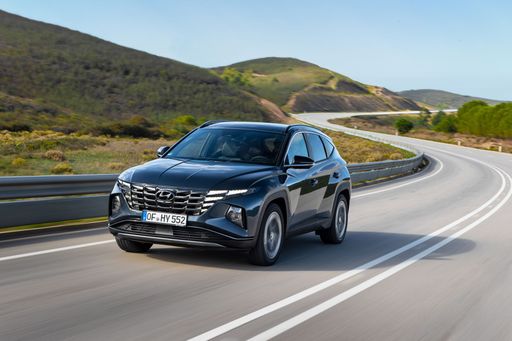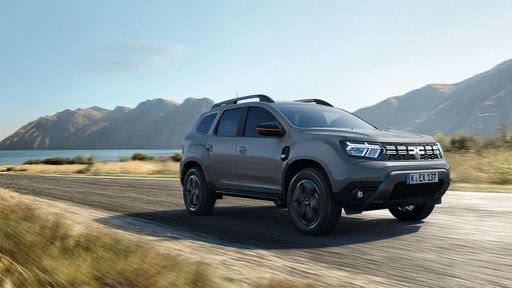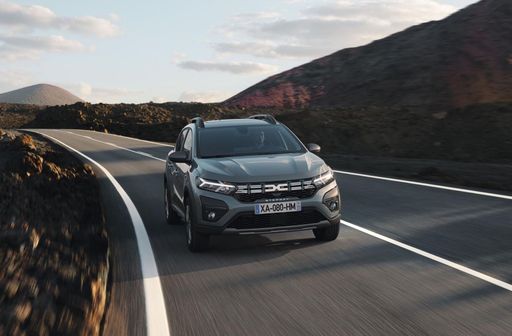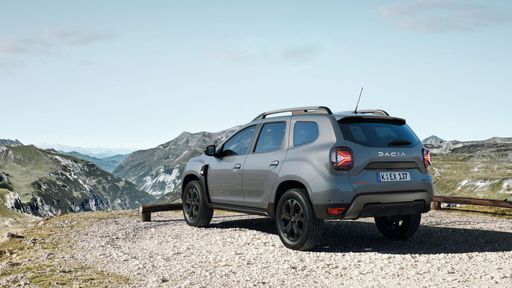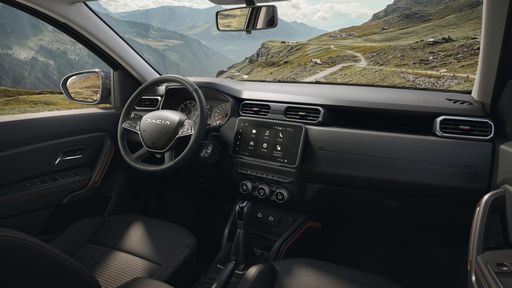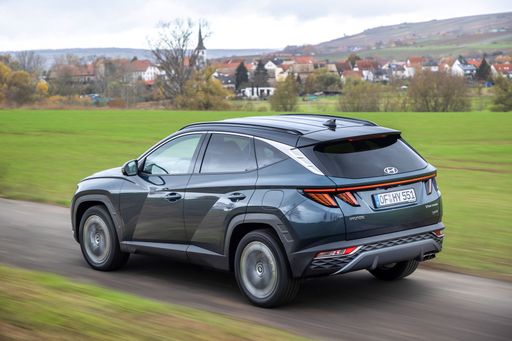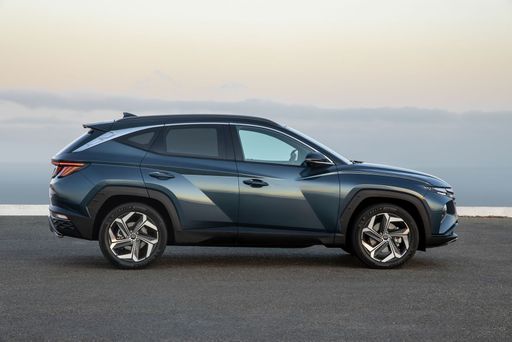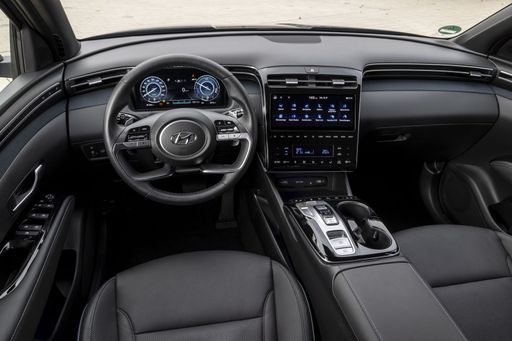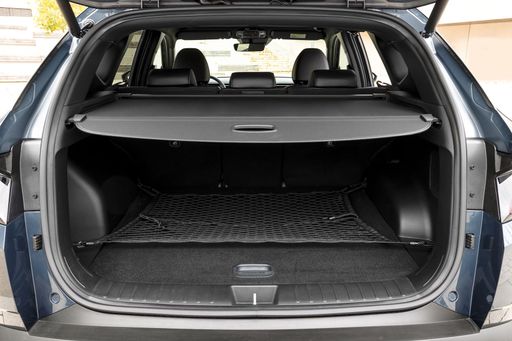Power and Performance
The Dacia Duster boasts a range of engine options that cater to different preferences, including LPG, full hybrid, and petrol MHEV variants. Power outputs range from 91 HP to a robust 140 HP, providing a balanced driving experience for urban and off-road adventures alike. The Duster features both manual and automated manual transmissions and offers front-wheel and all-wheel drive configurations. With a curb weight starting from 1351 kg, it also exhibits commendable fuel efficiency, with consumption figures as low as 5 L/100km.
On the other hand, the Hyundai Tucson shines with its engine lineup, which includes diesel MHEV, petrol MHEV, and hybrid options, offering power outputs ranging from 136 HP to 252 HP. Its advanced automatic transmission options, including a dual-clutch system, enhance the driving experience by providing smoother gear changes. The Tucson excels in torque delivery, with figures reaching up to 367 Nm, making it more responsive during acceleration. It stands out with an impressive 0-100 km/h acceleration time as quick as 7.9 seconds.

